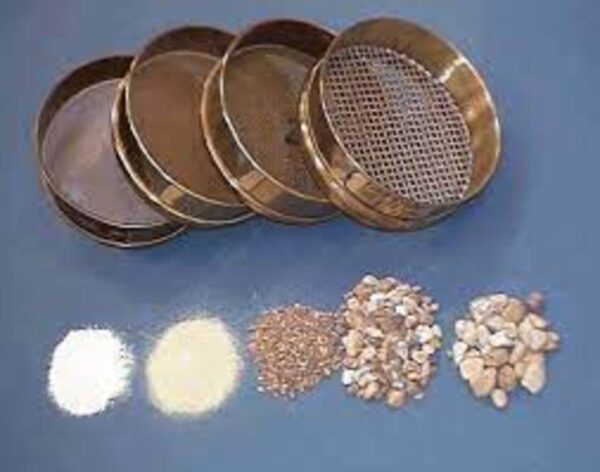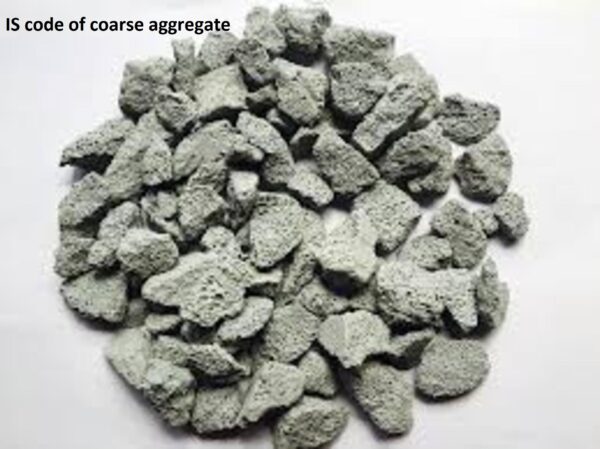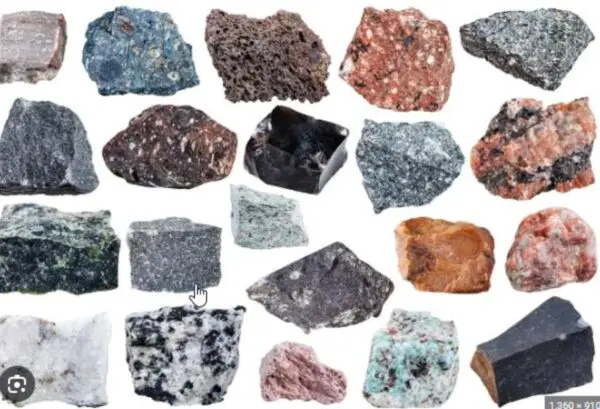The sieve analysis Fineness Modulus (FM) is an empirical figure obtained by adding the total percentage of the sample of an aggregate retained on each of a specified series of sieves, dividing the sum by 100.
Sieves sizes are: 150-μm, 300-μm, 600-μm.
The foundational layers beneath impressive infrastructure first begin with properly graded aggregates like gravel, crushed stone, slag, and sand.
However, not all aggregates automatically qualify for inclusion in structural concrete and asphalt.
Careful gradation analysis and fineness modulus of aggregates calculations ensure suitability.
The sieve analysis fineness modulus (FM) is a numerical value used to characterize the coarseness or fineness of an aggregate sample, such as sand or gravel, used in concrete mix design.
It is an empirical value calculated from the cumulative percentages of aggregate retained on each sieve in a standard sieve analysis.
To calculate the fineness modulus:
- Perform a sieve analysis on the aggregate sample using a standard set of sieves.
- Calculate the cumulative percentage of aggregate retained on each sieve.
- Sum the cumulative percentages retained on sieves #100, #50, #30, #16, #8, #4, 3/8″, 3/4″, 1 1/2″, and larger, and divide the sum by 100.
The resulting value is the fineness modulus.
A higher fineness modulus indicates a coarser aggregate, while a lower value indicates a finer aggregate.
Typical fineness modulus values range from 2.3 to 3.1 for fine aggregates (sand) and 5.5 to 7.5 for coarse aggregates (gravel).
The fineness modulus is used in concrete mix design to ensure proper gradation and proportioning of aggregates, which affects the workability, strength, and durability of the concrete.
Fineness modulus is an important factor in determining the water requirement, cement content, and overall performance of a concrete mix.
It helps in maintaining consistency in the aggregate grading and ensures that the desired properties of the concrete are achieved.

Importance of Particle Sizing
Particle size distribution affects the stability, durability, and workability of aggregates within concrete, mortar, asphalt, and compacted fills.
Smaller “fines” bind the matrix, while larger pieces provide structural reinforcement.
Sieve analysis examines this grading by shaking graded samples through stacked sieves and weighing particle amounts retained on each increasingly finer screen.
How Fineness Modulus Evaluates
While individual sieve outputs help characterize aggregates, improved insight comes from compiling data into a comprehensive Fineness Modulus (FM) score.
This useful calculated index summarizes overall gradation.
sieve analysis Fineness Modulus involves adding the cumulative percentages retained on a set of sieves, summing those values, then dividing the smallest sum by the largest.
Taking the square root finishes the fineness interpretation.
sieve analysis Fineness Modulus in Action
For example, a gravel sample undergoes sieve analysis using the 3/4”, 1/2”, 3/8” and No. 4 sieves. Respective cumulative percent retained on each are:
3/4” = 5%
1/2″ = 16%
3/8” = 58%
No. 4 = 93%
The smallest sum, 5%, divides by the largest, 93%, equaling 0.05.
The square root gives an FM around 0.23, quite low.
This signifies a coarse gradation lacking intermediate sizes.
Concrete would likely be harsh, prone to segregation when mixed and placed.
Grading Insights
Typical sieve analysis Fineness Modulus thresholds help classify gradations.
Values between 3.7–4.2 mean mostly fine aggregate like natural sand.
FMs of 2.3–3.1 indicate well-graded, ideal gravel/crushed stone gradations to fill voids when consolidated.
Controlled aggregate submissions aim for targeted FM consistency.
Why It Matters
While individual sieve analysis charts visually profile samples, more nuanced sieve analysis Fineness Modulus interpretations better indicate potential field performance.
Along with flow/compaction testing, fineness modulus analysis proves indispensable for quality control and acceptance, guiding aggregate crushing adjustments to maintain specifications.
sieve analysis Fineness Modulus Future
As sustainability efforts expand, FM assists incorporation of marginal or nonstandard materials like recycled concrete into viable aggregate gradations.
And advancing automation technology will likely soon provide rapid, accurate grading statistics and fineness calculations to immediately inform earthworks processes.
Both meticulous individual sieve measurements and an all-encompassing view such as fineness modulus work synergistically to ensure optimal aggregate grading critical to durable construction from start to everlasting finish.






